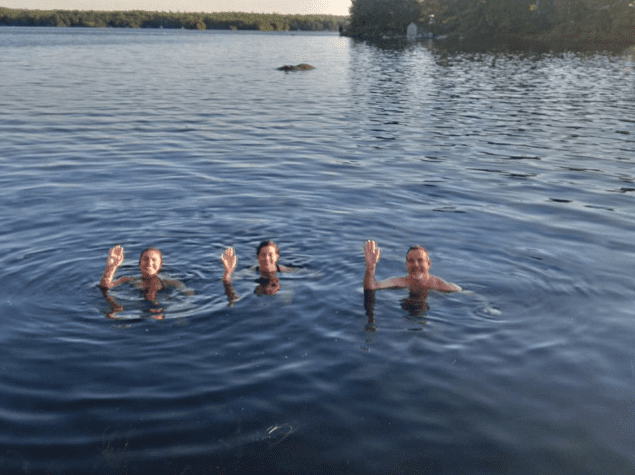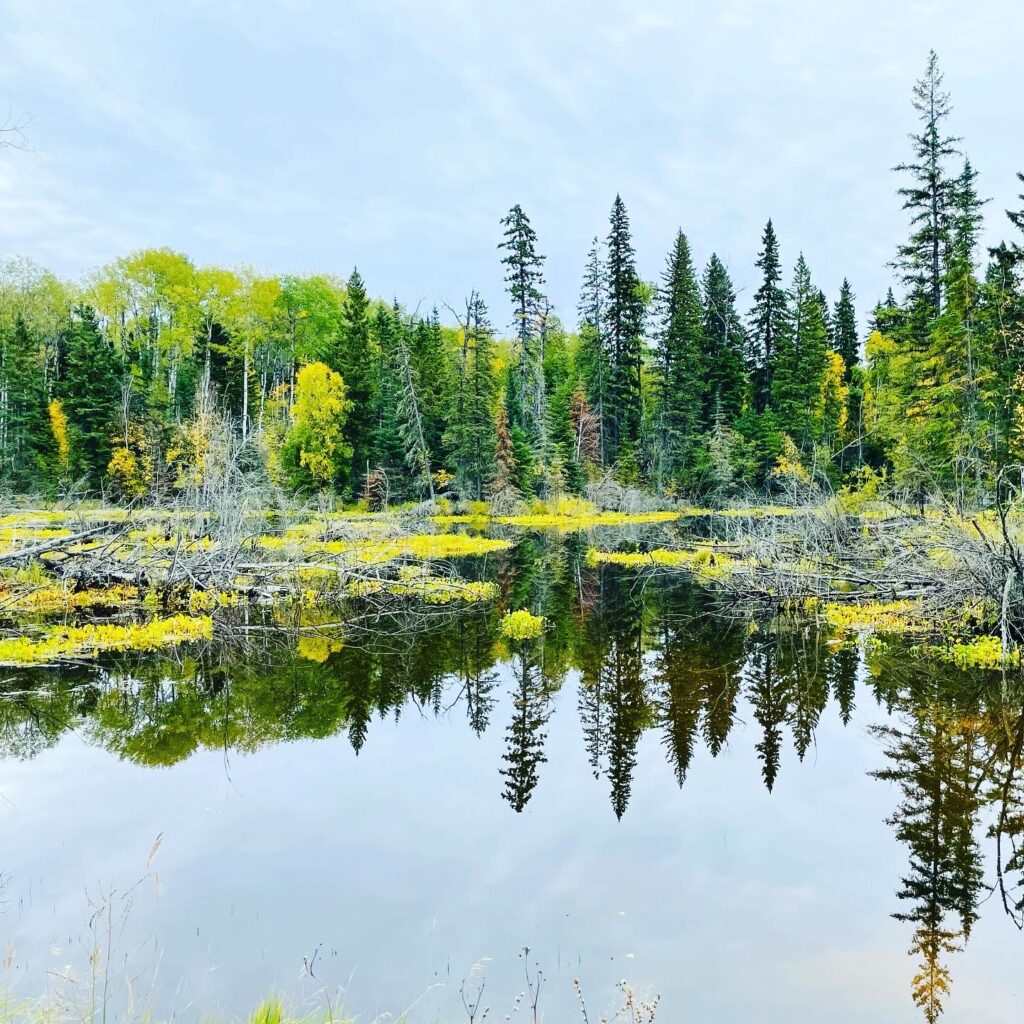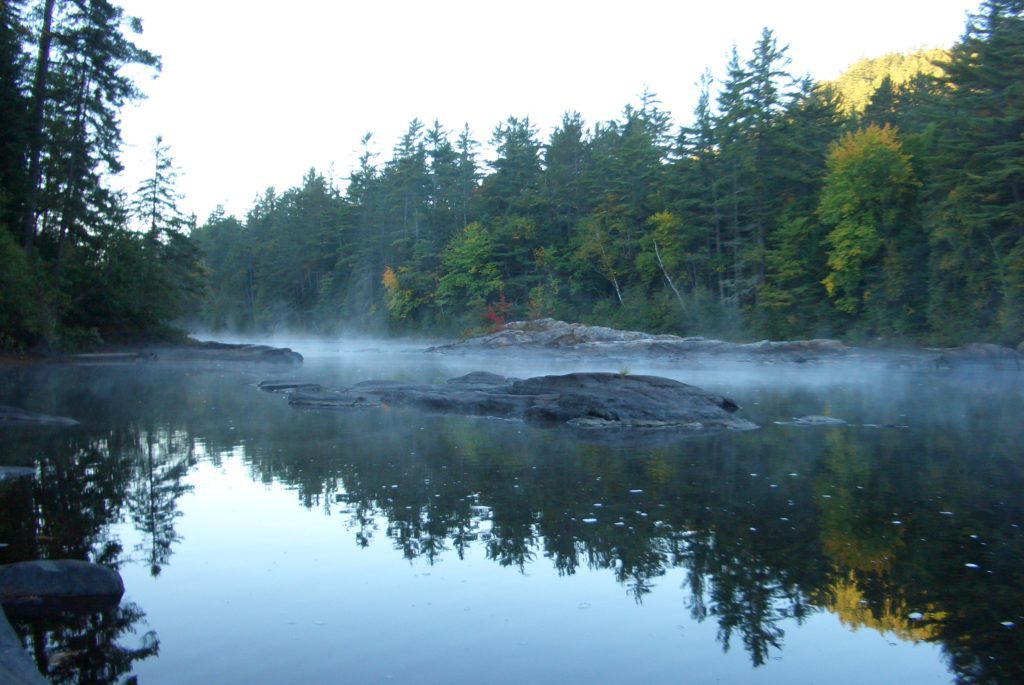This is a guest blog by David Donnelly of Donnelly Law, Canada’s leading environmental law firm.
Like many Ontarians, you may have childhood memories of wilderness and nature while camping or spending your summers in cottage country. Sweet memories of exploring untouched forests or playing with turtles in pristine lakes, with only the sound of the loon heard in the distance.
 But as baby-boomers retire, and people are willing to commute longer distances, you may have noticed that your cottage country landscape seems to be changing at an alarming rate. New developments are being proposed for lifestyle, recreational and permanent living in many of the regions north of Toronto. And, the sound of the loon is being replaced by bulldozers.
But as baby-boomers retire, and people are willing to commute longer distances, you may have noticed that your cottage country landscape seems to be changing at an alarming rate. New developments are being proposed for lifestyle, recreational and permanent living in many of the regions north of Toronto. And, the sound of the loon is being replaced by bulldozers.
But that doesn’t always have to be the case. Thanks to a local group of cottagers who fought back against a deep-pocketed developer, the Ontario Municipal Board (OMB) recently denied an application for a new 58-unit housing development on one of the last significant undeveloped shorelines in the Kawarthas.
The Friends of Fraser Wetlands (FFW) – who were most concerned about the impact the development would have on the region’s sensitive wetlands – embarked on a 19 day hearing at the OMB to protect the home of the threatened Blanding’s turtle and 450 other important species. Filled with ups and downs, the case was as bumpy as a $1 oyster shell! After hearing from over a dozen witnesses, ultimately the Board handed a victory to residents, wildlife and our shared environment alike. Here are some of the highlights:
- The FFW group’s key witness was Gord Miller, former Environmental Commissioner of Ontario, who influenced the OMB through his statement that, “The stakes are high given the significance of endangered species, a complex ecological system of entwined elements and functions, and highly sensitive wetlands” on site. This was a pivotal moment in the case.
- The OMB also rejected the testimony of the developer’s ecologist, stating that wildlife migration predictions were made, “Without basis upon any ecological or scientific fact, [but instead] arbitrarily ‘guesstimated’ wildlife movements,” and critically failed to mitigate negative impacts to the environment.
- Local First Nations revealed that the site is believed to be part of a wider cultural heritage landscape, connected to the Lovesick Lake fishing weirs, possibly sacred rock cairns, and the internationally significant Petroyglyphs, known as the Teaching Rocks.
Vancouver-based developer, Burleigh Bay Corporation, had plans to build the community on 273 hectares (675 acres) across 6.2 km of undeveloped shoreline, including a range of amenities such as a 72-slip marina, fitness facility, clubhouse, guest cottages, swimming pool, parking lots and internal roadway system in two provincially significant wetlands that are home to the threatened Blanding’s turtle and muskellunge.
The proposed site contains over 450 different species, a number of which are endangered or threatened.
FFW had concerns that the new houses would place too many people, their boats, cars, and pets in close proximity to this wilderness oasis. Many other community groups agreed. The FFW were joined by Curve Lake, Alderville, Scugog and Hiawatha First Nations at the hearing in opposition to the development. The OMB hearing took place partly on the Reserve, a first for the OMB and long overdue in the spirit of Truth and Reconciliation.
The actions of FFW and its supporters underscore the necessity and value of citizens’ group participation in protecting the planet. Bill 139, the Building Better Communities and Conserving Watersheds Act, 2017 proposes doing away with future cases like the Fraser Wetlands by abolishing the OMB. That’s why Environmental Defence and other organizations have recommended that future environmental cases should be heard by the Environmental Review Tribunal, once the OMB has been abolished.
The people of Stoney Lake get a great deal from this natural place, and this decision marks a proud moment of giving back.








